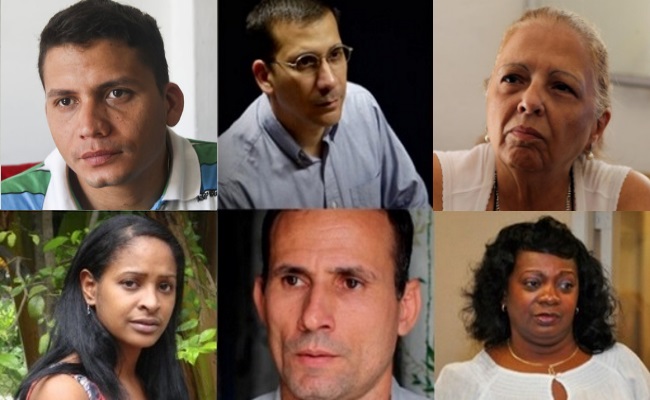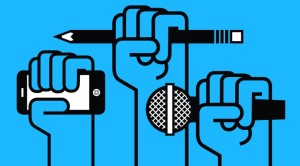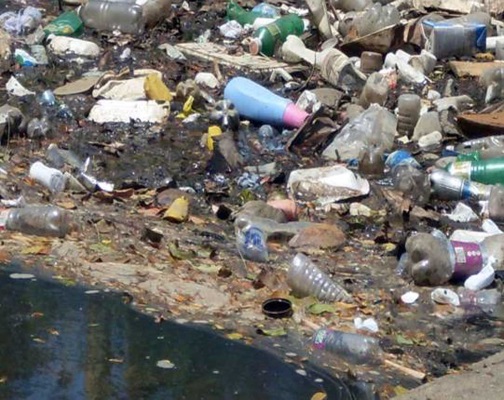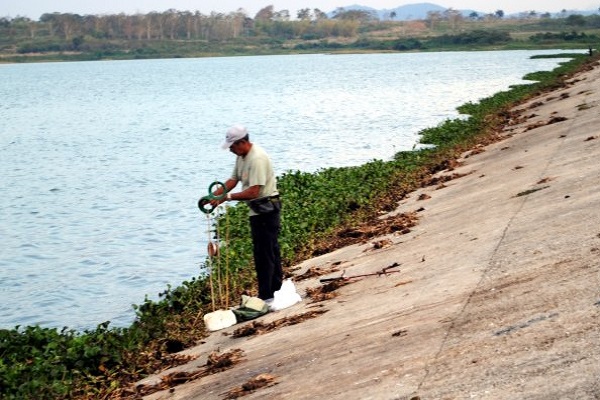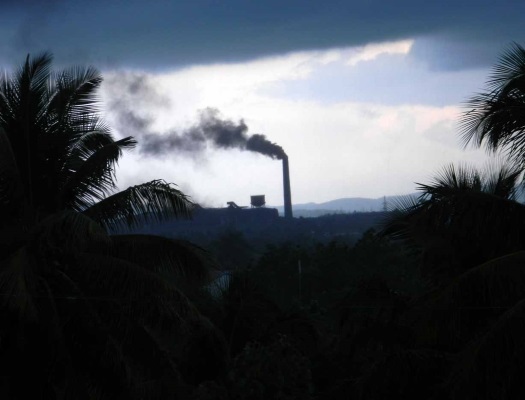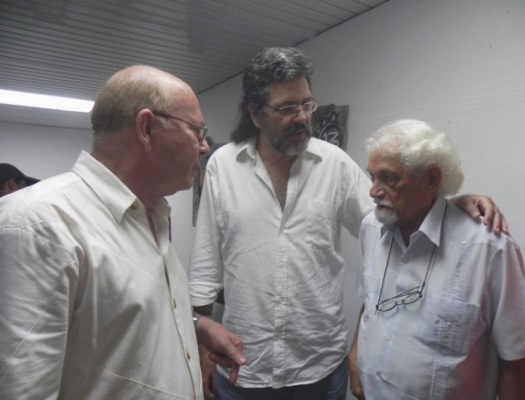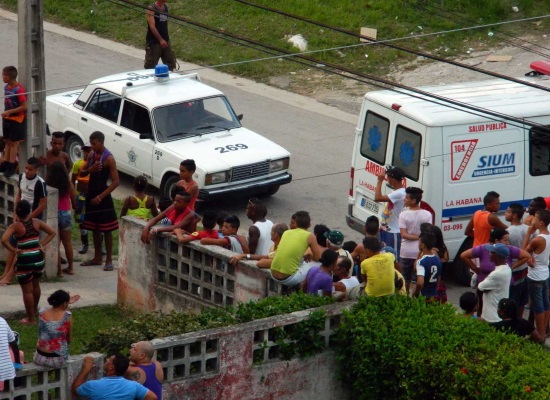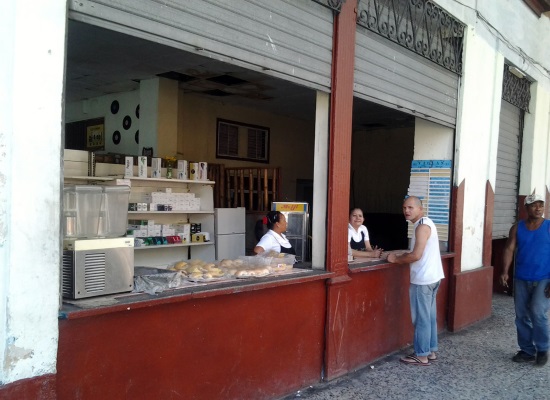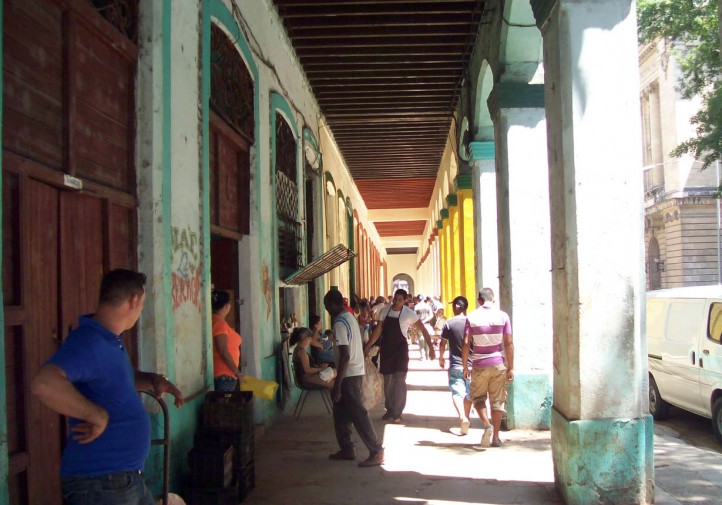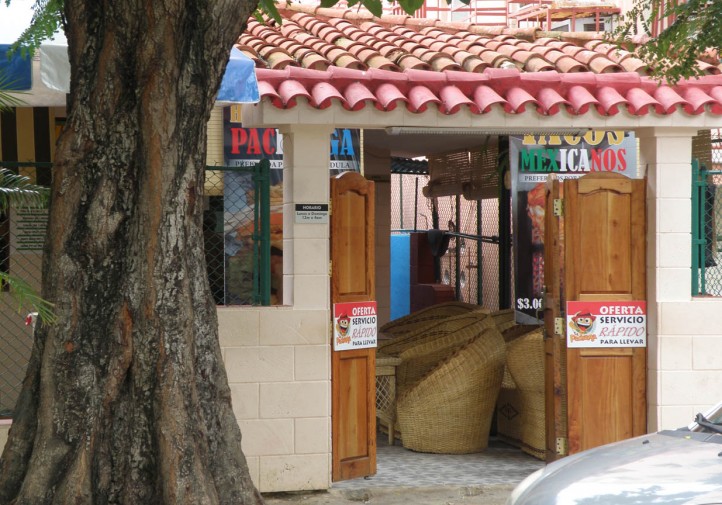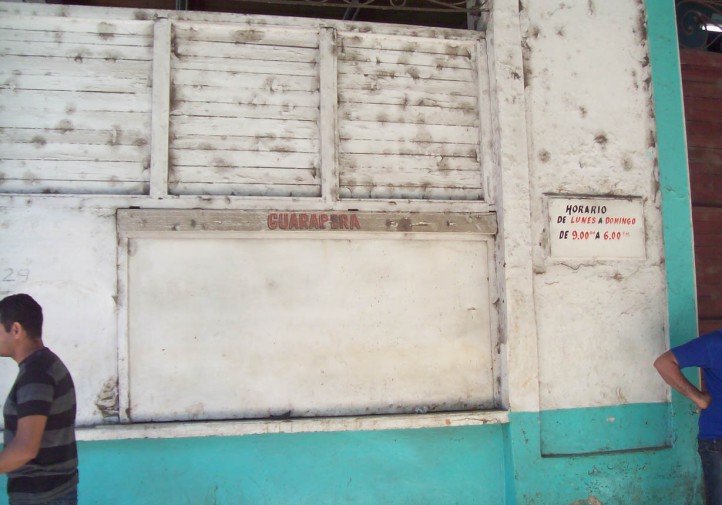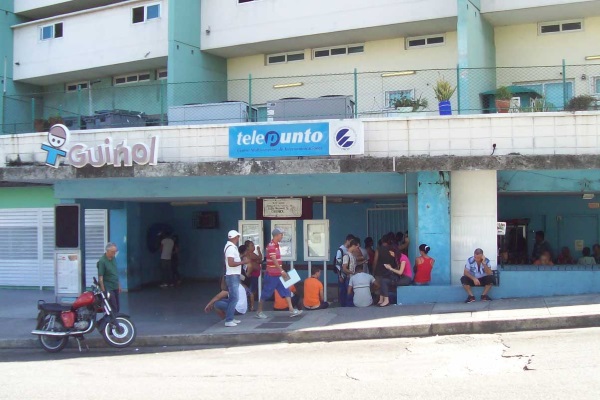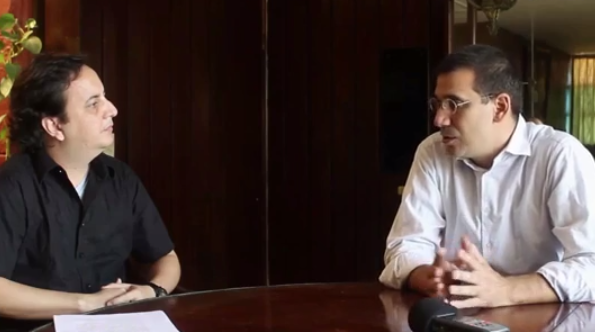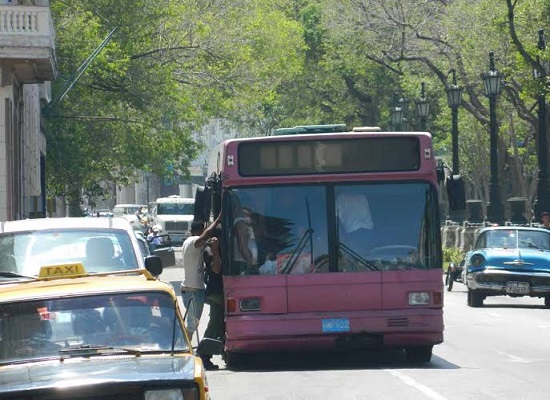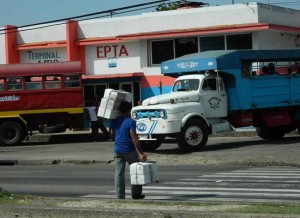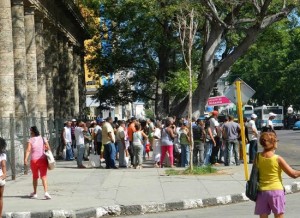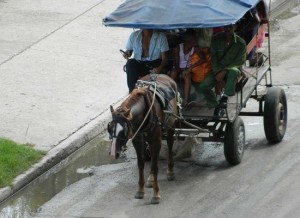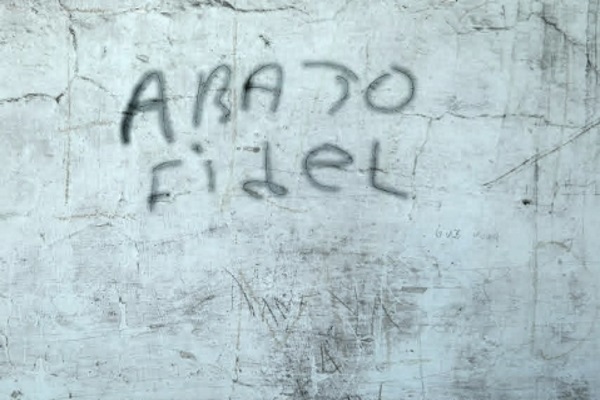
 Cubanet, Ernesto Pérez Chang, Havana, 13 August 2020 — They invented the bici-agro in Ciego de Ávila, the local press announced, and the TV National News repeated it in spite of how ridiculous the news item was.
Cubanet, Ernesto Pérez Chang, Havana, 13 August 2020 — They invented the bici-agro in Ciego de Ávila, the local press announced, and the TV National News repeated it in spite of how ridiculous the news item was.
In essence, the “great invention” is nothing more than an ordinary tricycle to market food on the streets, a pedal cart as “sophisticated” as the “Palmiche” can be, that bizarre CUJAE* “robot” creation which flooded social media with memes, since it was nothing more than a rough hot table on wheels.
If there is something “attractive” — rather than “alarming” — both in the news about the “agricultural-bike”, as well as in the one about the “thermos on wheels”, it is not the objects themselves but the news as such, since it is possible to find similar artifacts anywhere in the universe without the best media editor finding them newsworthy, much less in a global context where there’s talk of Mars missions, of injectable nanorobots to fight cancer and 5G and even 6G wireless connections. continue reading
What is striking is that there is not an iota of sarcasm in the press release, and that in reality they are trying to sneak in something totally pathetic as proof of Cuban “creativity” in “difficult moments”, even as an “achievement of the Revolution and socialism”, from which a moderately suspicious reader could deduce that the national disaster is so gigantic that it is already too difficult for the Ideological Department of the Communist Party — which “guides” the work of the official press — to find other “encouraging news” to fuel its usual smugness.
A number of more grotesque news items have flourished these past few months in the regime-financed press, just when the crisis is hitting bottom and the threat of a social outbreak is increasing with the August heat, the empty stomachs and the psychological imbalances caused by confinement.
And it is not that the coronavirus has charred the noggins of a few “communicators” around here, but rather that they are a “continuity” of that old guard of reporters who, in the midst of the crisis at the Peruvian Embassy and the Mariel Boatlift “preferred” to make front page headlines about a cow named “Ubre Blanca” (White Udder). At the end of that same decade, when the Soviet Union was collapsing, ruling party member Arleen Rodríguez Derivet — back then a TV reporter in the city of Guantánamo — made her appearance, becoming “famous” for discovering a “talking dog.”
The ridiculous weighs heavy and is stronger than news. It is a manipulative formula that rarely fails and is a daily practice in the official press. Using the previous examples, let us think that anyone in Cuba today who experienced those decades of the 80’s and 90’s from a distance and from their understanding of what was read, seen and heard in the regime’s press and not by any other means, knows more about Ubre Blanca and the “talking dog” than about what really happened at the Peruvian Embassy or about the real causes that led to the fall of the Berlin Wall.
Even the executions of generals at the start of the most critical decade for the Cuban economy were engulfed by cheers and fireworks of a whimsical Pan American Games that sucked the few foreign reserves that remained from the Soviet Era. However, bevies of Cubans flocked to buy “tocopanes” (the tocororo, Cuban national bird, chosen as mascot), and for weeks, front pages of newspapers were flooded with the subject of Cuba’s increasing wins of sports medals, while on the margins of the state-run newspaper Granma’s second page the daily report on the sugar harvest disappeared, and the standardized distribution table of “the gutless dog”, “the soybean hamburger meat” and the kerosene bottle to face blackouts began to appear.
There were no social networks, leaving the country was almost impossible, the independent press was just an embryo, torn between a forced delivery or being aborted. Thus, the “ordinary” Cuban, away from the epicenter of the hottest events, perceived the times and contexts only through the ideologizing sieve of the official press. Its routine spanned from the Cuban cow that produced more milk than any “imperialist cow” and stories about the first Cuban in the cosmos.
Meanwhile, just a few steps from the avenue where the daily caravan of luxury cars that led Fidel Castro from his family residence to the Palace of the Revolution, a crowd packed into an embassy showed the world that socialism was hell.
But, like beings from another planet, the naive looked to the skies trying to distinguish the Russian spaceship among the stars, they entertained themselves in teaching the dog to speak in the hope of appearing on television, or they dreamed of at least one day achieving the privileges of a dairy cow, which was just asking for too much.
There is no doubt that those Cubans will be able to tell us about the mass exodus, about the “marches of the fighting people” and about the “Special Period” that came after the demise of the USSSR. But those things have probably faded from their memories as something residual and unimportant, without the intensity that, in contrast, the powerful images that the absurd and the ridiculous do possess, as did the indelicate idea of an animal “blessed by the Commander in Chief” which, consequently, lived in a way that was unattainable to any Cuban, even if he pretended to be more mute, docile and productive than Ubre Blanca.
In a hamlet of very poor people, far in the Villa Clara hills, there was, or may still exist, a museum whose main attraction was a stuffed mule rumored to have belonged to Ernesto (Che) Guevara during the uprising. In order to preserve it for “History”, they kept it in an air-conditioned urn, which was a real luxury in this rural town, with scant electricity for basic household matters.
Those who have visited the place say that the town inhabitants, especially children, go to the museum on intensely hot days to lean their bodies against the glass and thus cool off a bit. They could care less about the beast on display or its former owner, but think only of the cold that provides them, for a fleeting, short-lived moment, the relief that is impossible to have at home.
In living conditions in Cuba today, in which the streets are like a pot over a live fire, hermetically closed and with very few escape valves, the reports in the official press about the “bici-agro”, the “robotic” wheelbarrow of the CUJAE and other “super gadgets”, apparently so alienated and ridiculous in essence, could pretend to be like that cold urn which, like a diversion, calms the spirits of the very hot children. But these are other times and the people, now much more suspicious, will immediately realize that the enthusiasm for a “bici-agro” is nothing more than madness. Much like worshiping a refrigerated, dead mule.
Translated by Norma Whiting
*CUJAE = José Antonio Echeverría Technical University of Havana

